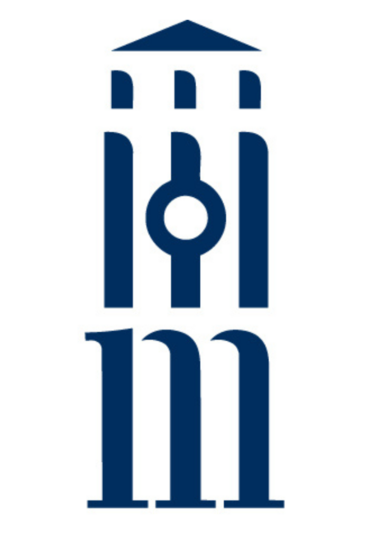Under the Campus, the Land
Anishinaabe Futuring, Colonial Non-Memory, and the Origin of the University of Michigan
A critical examination of the role of U.S. universities in colonization
Description
In the 1817 Treaty of Fort Meigs, Anishinaabe leaders granted land to a college where their children could be educated. At the time, the colonial settlement of Anishinaabe homelands hardly extended beyond Detroit in what settlers called the “Michigan Territory.” The University of Michigania claimed the Anishinaabe land just after it was granted. By the time that the university’s successor moved to Ann Arbor twenty years later, Anishinaabe people had been forced to cede almost all their land in what had become the state of Michigan, now inhabited by almost 200,000 settlers.
Under the Campus, the Land narrates the University of Michigan’s place in both Anishinaabe and settler history, tracing the university’s participation in the colonization of Anishinaabe homelands, Anishinaabe efforts to claim their right to an education, and the university’s history of disavowing, marginalizing, and minimizing its responsibilities and obligations to Anishinaabe people. Continuing the public conversations of the same name on U-M’s campus in 2023, Under the Campus, the Land provides a new perspective on the relationship between universities and settler colonialism in the US. Members of the U-M community, scholars of Midwest history, and those interested in Indigenous studies will find this book compelling.
Andrew Herscher is Professor of Architecture at the University of Michigan.
Reviews
“Under the Campus, the Land is an important, fascinating, and forensic look at the Anishinaabe origins of the University of Michigan, and a commentary on the active forgetting of those Indigenous origins in subsequent decades right up to the present. In a moment where more and more organizations are taking stock of their past and acknowledging their complicity, this is a timely study that puts Native peoples front and center. Andrew Herscher makes a clear and compelling case that not only has the University misinterpreted its own history, but it has also been at the center of the settler colonial process in Michigan—it is complicit in the dispossession of Native American lands. This book is an important piece of scholarship that serves as a corrective and makes a significant argument that should not be ignored.”
- Michael McDonnell, University of Sydney

